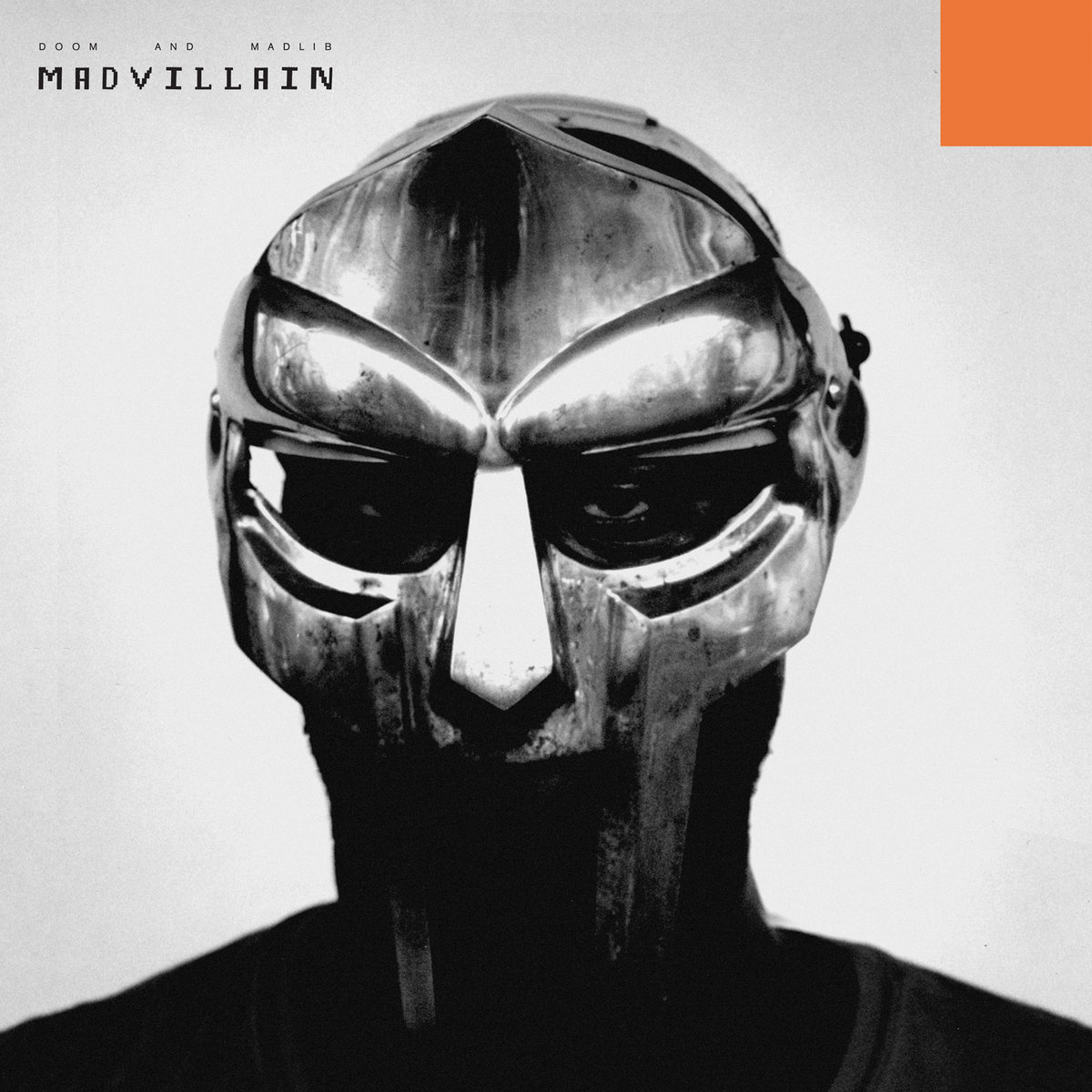Don’t forget, Kubernetes is totally happy with json input and output instead. Use json, be the change you want to see in the world!
Press X to “Jason!”
That’s because YAML syntax is a superset of JSON. Any YAML parser should also accept JSON, not just the one k8s uses.
Add on a CI system (not Jenkins) and you got yaml controlling your yaml!
My last job is currently controlling kubernetes with Ansible (configuration management and orchestration) in a hybrid cloud model. The new engineering director likes yaml so they put yaml on his yaml.
Yo dawg…
Wait I do that and never realized it. YAMLception
If yaml wasn’t such a pain to edit on mobile, I wouldn’t mind it so much. Yes, XML uses closing tags, but it’s the 2020’s, I think we can stand that extra few K of space so I can edit my portainer stacks without the UI freaking the fuck out because I want to delete something. YMMV…
It felt unusual at first that they attached semantics to (white spaces and tabs as) non-printable characters. On the other hand other n.p.- characters like line feeds always had a meaning (I.e. within multi line strings).
So why not, when it helps to reduce the amount of (printable) characters to describe your thing and increase clarity? 🤔




